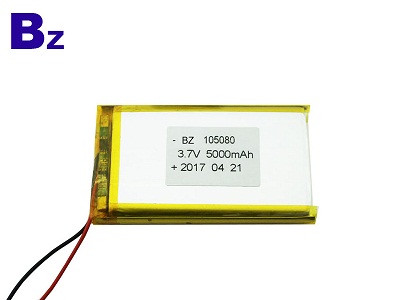Overcurrent and short circuit current
An overcurrent or short circuit is caused by an unknown cause (when the battery is discharged or the positive and negative electrodes are accidentally touched by metal). To ensure safety, it is necessary to stop the discharge immediately.

The principle of the overcurrent protection IC is that when the discharge current is too large or a short circuit occurs, the protection IC will activate the (short circuit) current protection. At this time, the overcurrent detection detects the Rds(on) of the power MOSFET as the induced impedance for monitoring. When the voltage is lowered, the discharge is stopped if it is higher than the predetermined overcurrent detection voltage. Similarly, the overcurrent detection must be provided with a delay time to prevent malfunction when a sudden current flows.
Usually, after the overcurrent is generated, if the overcurrent factor can be removed (for example, immediately disconnected from the load), the normal state will be restored, and normal charging and discharging operations can be performed.
Overcharge protection
The principle of the overcharge protection IC is: When the external charger charges the lithium battery, in order to prevent the Internal voltage from rising due to the temperature rise, the charging state needs to be terminated. At this time, the protection IC needs to detect the battery voltage. When it reaches 4.25V (assuming the battery overcharge point is 4.25V), the overcharge protection is activated, and the power MOSFET is turned from open to off, and then the charging is cut off.
In addition, it is also necessary to pay attention to the overcharge detection due to noise to detect malfunction, so as not to determine overcharge protection. Therefore, it is necessary to set the delay time, and the delay time cannot be shorter than the duration of the noise.


